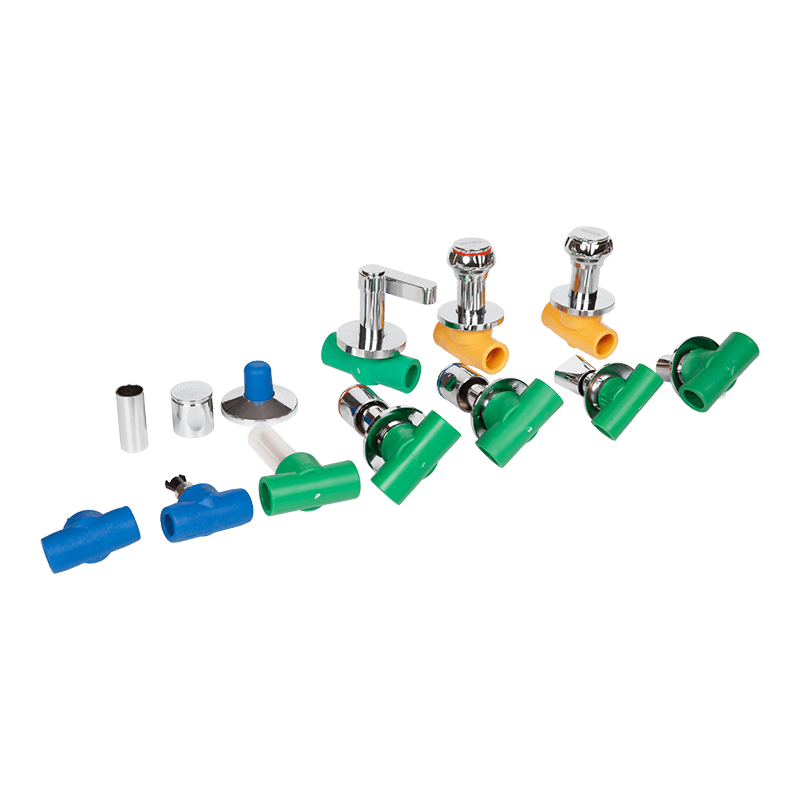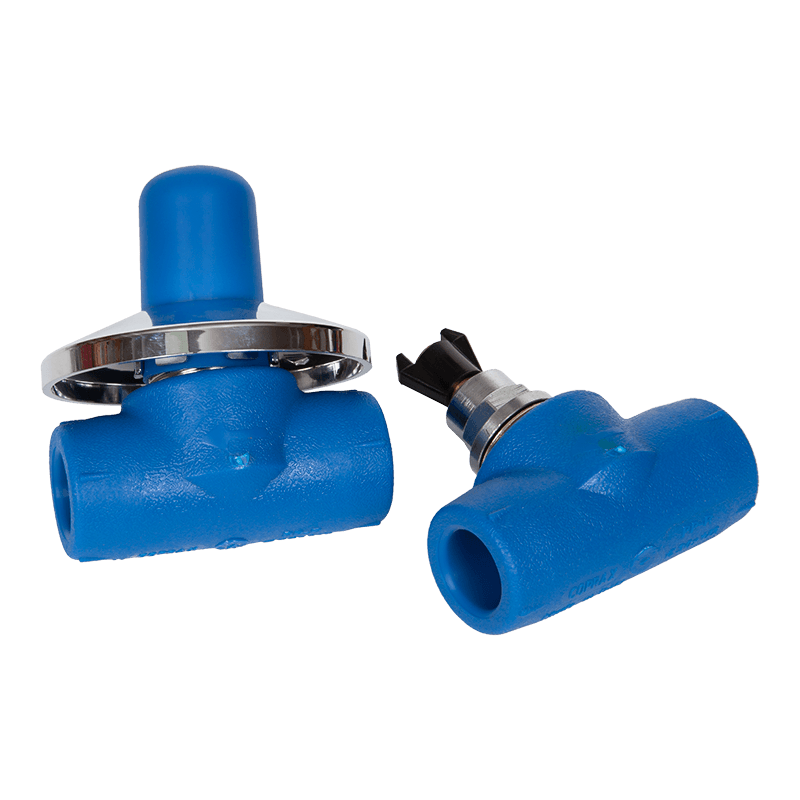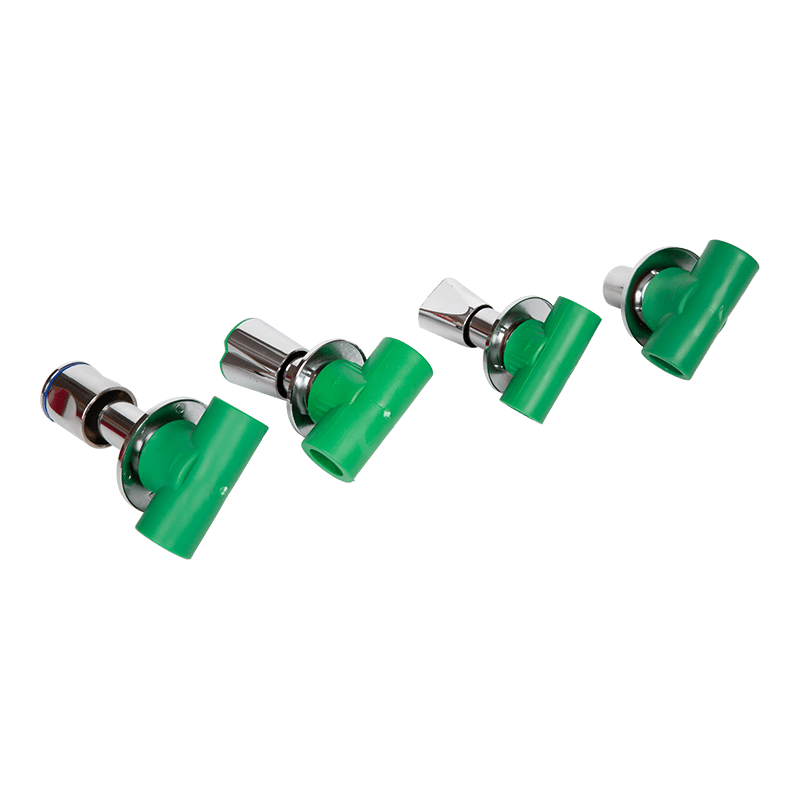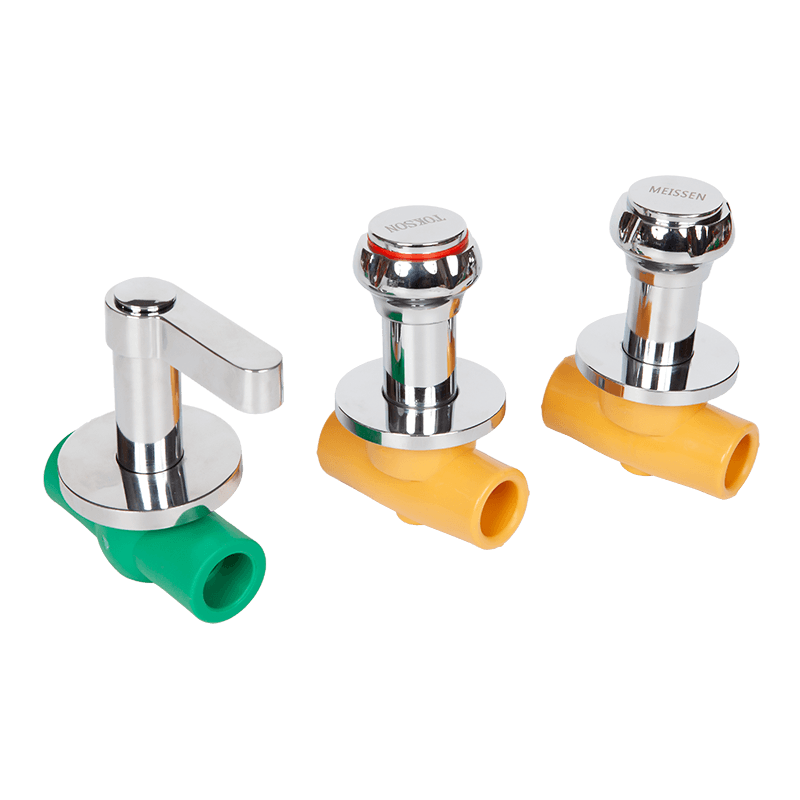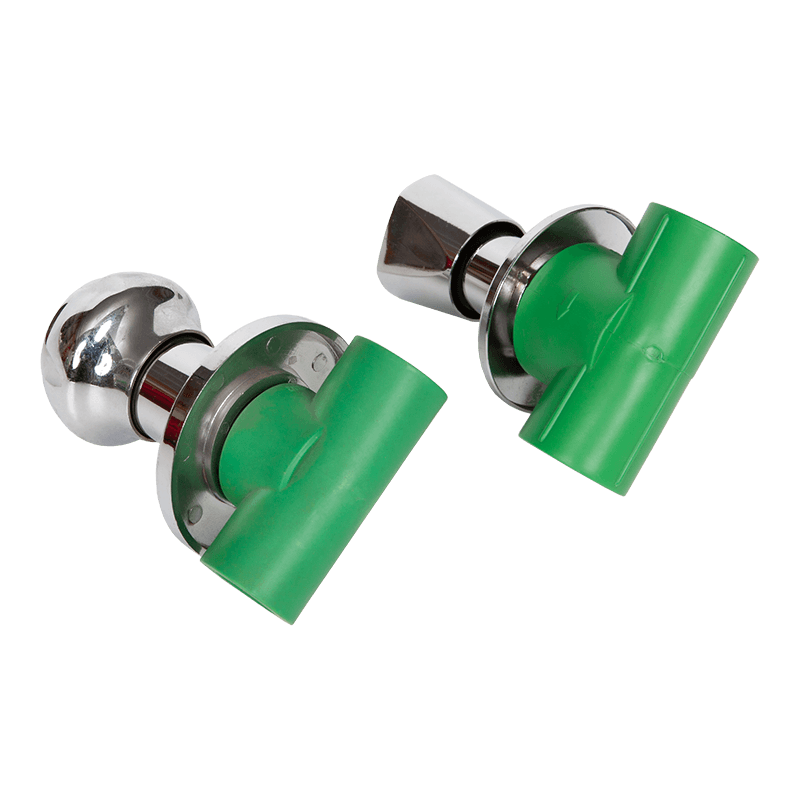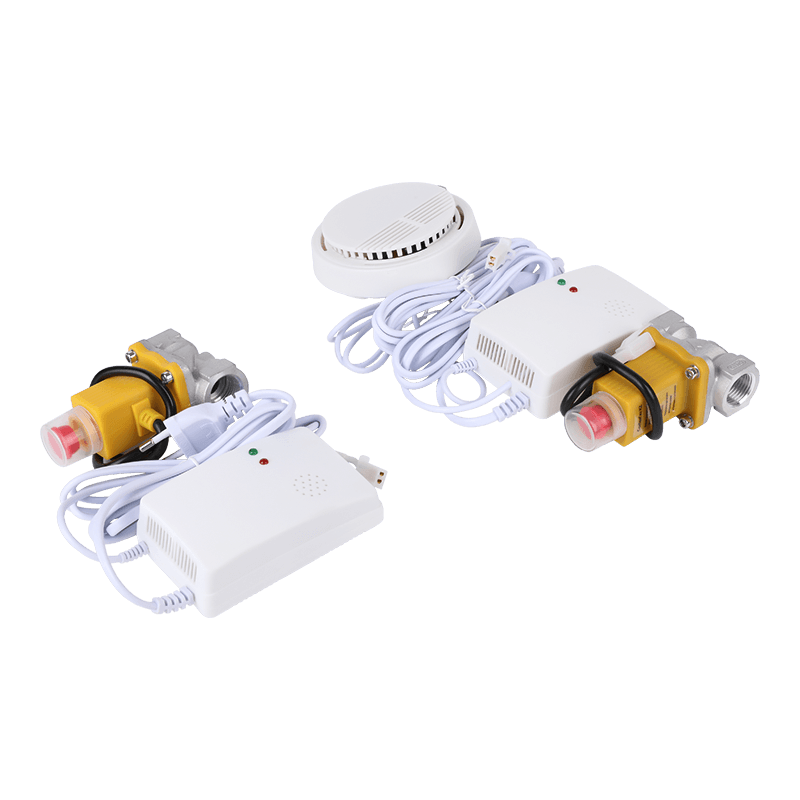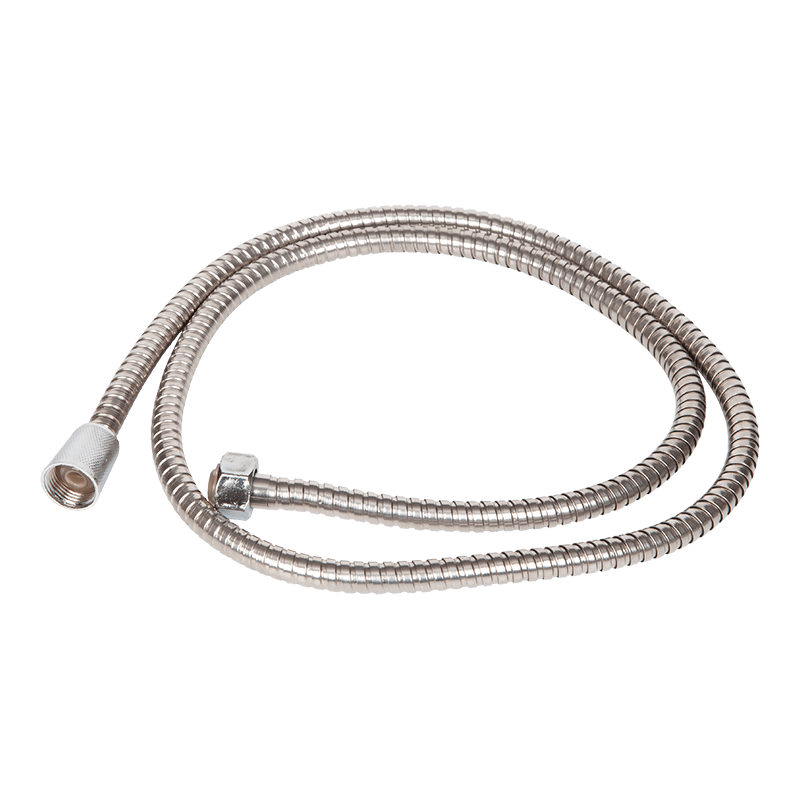Regularly check whether the valve body is deformed or aged
During daily maintenance, the external structure of the PPR ball valve should be checked regularly for deformation, especially in high temperature or strong sunlight environments, the PPR material may have surface aging or tiny cracks. Deformed parts may affect the smoothness of the ball core rotation and even cause poor sealing. It is recommended to conduct a visual inspection every 3 to 6 months. If the color is abnormal or the surface is cracked, it should be replaced in time.
Observe whether the operating handle is flexible and smooth
The operating handle is the main component for controlling the opening and closing of the PPR ball valve. During daily use, if the handle is found to rotate poorly, stuck or has obvious resistance, there may be a problem of increased friction between the internal ball and the sealing surface. At this time, the system water source should be turned off, the valve body should be disassembled and food-grade lubricant (applicable to drinking water pipes) should be appropriately added to restore its flexibility. Do not twist it forcibly to avoid damaging the ball core or handle structure.
Check whether there is water seepage or leakage at the connection
The connection between the PPR ball valve and the pipeline is mostly hot-melt connection or threaded connection. During daily inspections, focus on observing whether there is condensation of water droplets, leakage or wetness at these joints. Slight water seepage may be caused by the hot melt joint not being fully fused or the threaded joint not being tightened. If water leakage is found, the water source should be turned off, and the connection should be reconnected or the sealing ring should be replaced.
Pay attention to the sound and resistance changes of the ball valve during the switching process
During operation, if there is an abnormal sound (such as a click, a friction sound) or the resistance increases significantly, it may be due to the accumulation of impurities or scale between the ball and the sealing surface. If such phenomena exist for a long time, it will affect the sealing performance of the ball valve. The function can be restored by disassembling and cleaning the ball core and the sealing structure. It is recommended to perform such cleaning and maintenance more frequently in environments with hard water or high impurities.
Regularly drain the system pressure to reduce the loss caused by long-term pressure
For ball valves that operate under high pressure for a long time, the valve core and the sealing structure will be continuously under pressure, which is prone to deformation, aging and even cracking. Therefore, under the conditions allowed by the water system, the system pressure should be drained regularly to return the valve to normal pressure and reduce material fatigue. This has a positive effect on improving the sealing performance and durability of the ball valve, especially for commercial or industrial places.
Clean external dust and scale to prevent accumulation from affecting use
PPR ball valves are exposed to the air for a long time, and dust, scale or other impurities may accumulate, especially in environments such as kitchens, basements, and equipment rooms. Surface deposits may corrode the valve body or affect the identification and operation of the handle. It is recommended to wipe it regularly with a dry or wet cloth. If necessary, a small amount of neutral detergent can be used for cleaning. Do not use strong acid and alkali cleaning products to avoid damaging the PPR material.
Pay attention to the aging and replacement cycle of the sealing ring
The sealing ring of the ball valve is generally made of rubber or plastic. It is easy to harden, crack or deform if it is in the open and closed state for a long time or is exposed to water flow impact, which will cause leakage. It is recommended to check the sealing ring once every 1 to 2 years. If it is found to have reduced elasticity, adhesion or rough surface, it should be replaced in time. Choosing matching sealing materials is very important for maintaining valve performance.
Avoid applying additional mechanical stress to the valve
In actual applications, other heavy objects, tool supports or external forces are sometimes applied near the pipe or valve. This behavior may cause uneven force on the ball valve, resulting in micro cracks or deformation. In daily use, the surrounding structure of the valve should be properly supported to avoid problems caused by pipe vibration or external forces, especially in hot water pipes, more attention should be paid to the stress caused by thermal expansion and contraction.
Keep a good record of valve use to facilitate fault tracking
In large buildings, commercial facilities or complex pipe networks, it is recommended to establish a ball valve use file, including installation time, maintenance records, fault conditions, etc. This measure is convenient for later inspections to determine whether it has entered the aging stage and whether it needs to be replaced as a whole or partially repaired. Even in the home, the replacement and maintenance time of important pipeline valves can be appropriately recorded to avoid forgetting potential hidden dangers.
Shut off the water source and repair in time when encountering functional abnormalities
In daily use, if the PPR ball valve cannot be closed, water leakage is obvious, the handle fails, etc., the main water source should be shut off immediately to avoid greater losses caused by water flow. Then disassemble and inspect according to the actual situation, and replace the ball core, seal ring or the entire valve assembly if necessary. If you lack experience, it is recommended to contact a professional to ensure the safety and standardization of maintenance work.

 LANGUAGE
LANGUAGE  English
English русский
русский 中文简体
中文简体